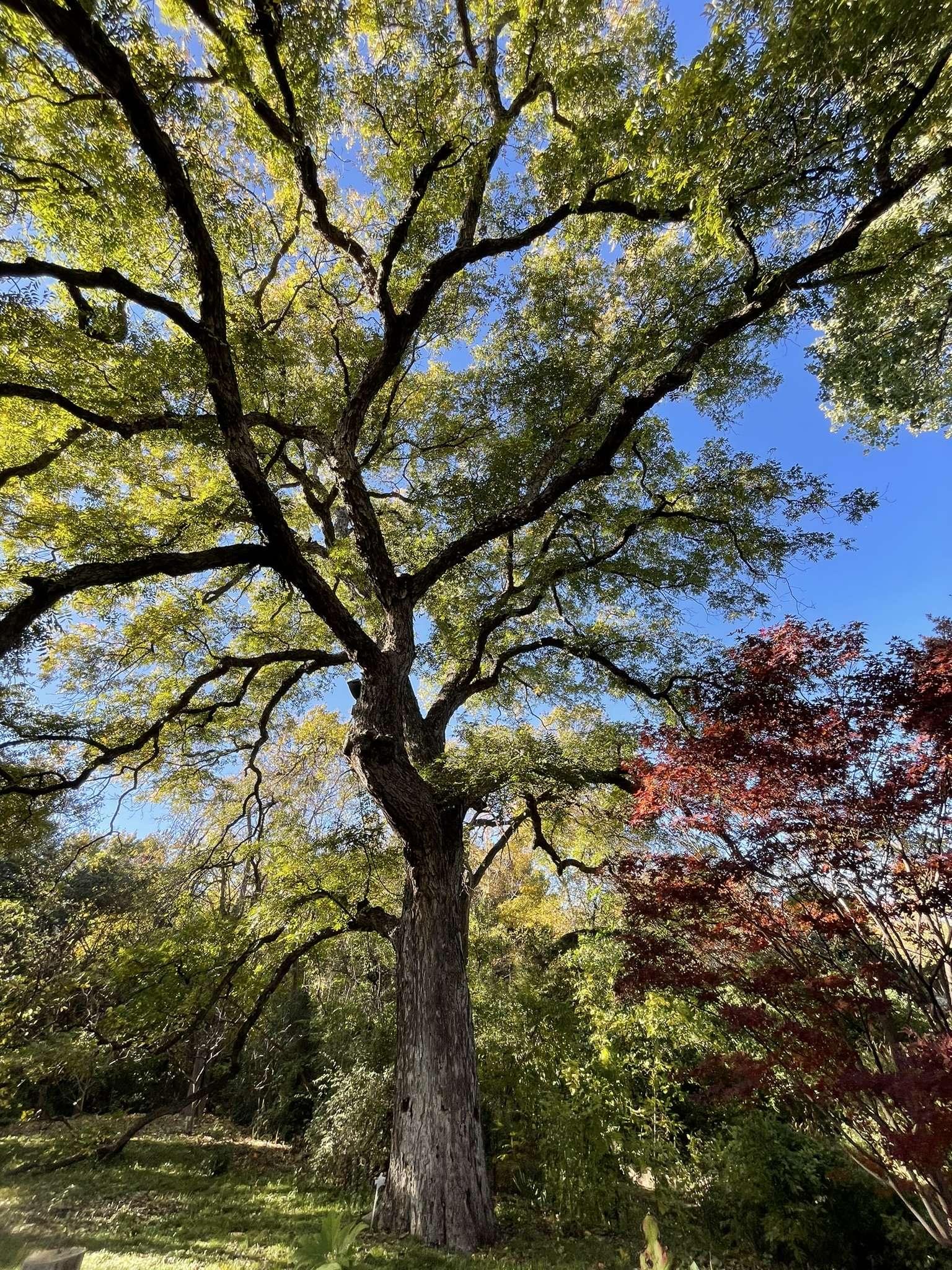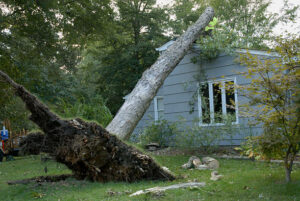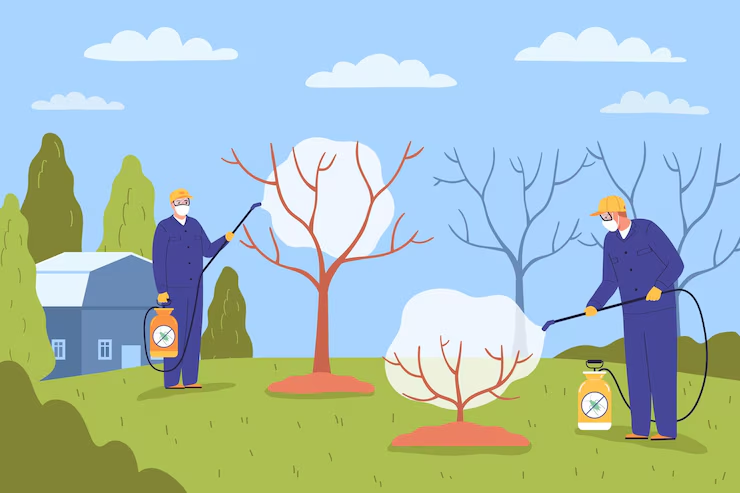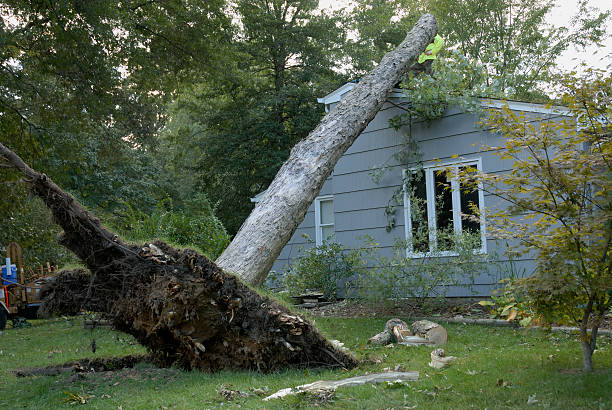I get this question a lot: “How do trees like Live Oak, Texas Redbud, and Cedar Elm survive the brutal Texas heat and unpredictable weather?”
Short answer — they’re built tough. Long answer? Let’s break it down.
Live Oak (Quercus virginiana) — The Texas Icon
You’ve seen them everywhere — massive, spreading branches, evergreen leaves that stick around, and roots that go deep. Here’s how they handle Texas like champs:
- Deep Roots: They tap into groundwater far below the surface.
- Semi-evergreen Canopy: They keep their foliage year-round, which means more shade and less soil evaporation.
- Rocky Soil? No Problem: Live Oaks laugh at poor soil conditions.
- Wind and Drought Resistant: Built to endure crazy weather swings.
Pro Tip:
Want shade that lasts generations? Plant a Live Oak. Just give it space — these giants don’t play small.
Check out our tree trimming and pruning services here.
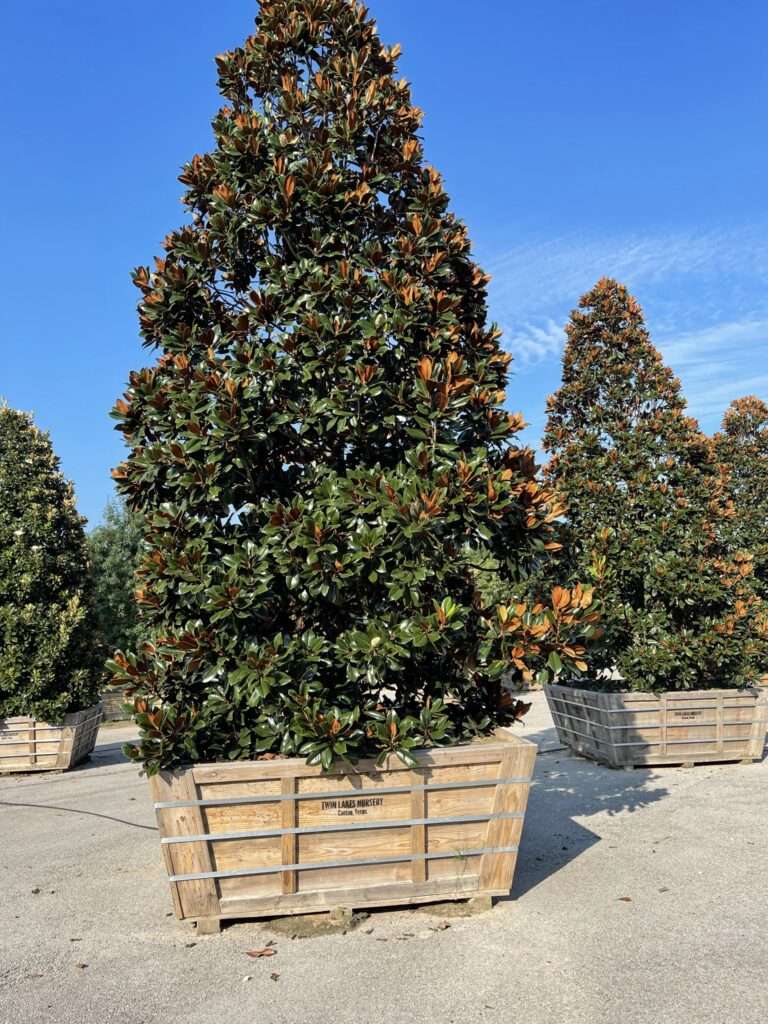
Texas Redbud (Cercis canadensis var. texensis) — The Beauty That Works Smart
Not just a pretty face with pink blooms in early spring. These trees are clever:
- Waxy Leaves: Helps lock in moisture.
- Drought Dormancy: When it gets rough, they pause and conserve energy.
- Perfect Timing: Bloom just when late-winter rains hit.
- Pest and Disease Resistant: Thanks to their native roots.
Real Talk:
Small yard? Texas Redbud’s your best friend. Low maintenance, beautiful, and tough.
Need help planting a Texas Redbud? Start here.
Cedar Elm (Ulmus crassifolia) — The Reliable Workhorse
If Live Oak is the muscle and Redbud is the flair, Cedar Elm is your dependable backup:
- Clay and Alkaline Soil? No worries.
- Early Leaf Shedding: Smart move in extreme drought to save water.
- Wind-Resistant: Strong winds in Texas? They handle it.
- Long Lifespan: Plant one, and it’s likely to outlive you.
See how we help with tree removal in tough spots.
Why Do Native Trees Thrive in Texas?
- Adaptation to local soil conditions.
- Drought and heat tolerance.
- Resistance to local pests and diseases.
- Seasonal smarts: when to grow, when to rest.
Quick Cheat Sheet for Homeowners
- Best Trees for Beginners: Texas Redbud, Cedar Elm
- For Large Properties: Live Oak
- Minimal Water Needs: All three (but Redbud and Cedar Elm win here)
- Best Shade: Live Oak
- Attracts Pollinators: Texas Redbud

Internal Links You Shouldn’t Miss:
- Tree removal services in Arlington
- Tree removal services in Fort Worth
- Emergency tree services
- Tree cutting services
- Stump grinding
- Tree uprooting and removal
- Lot clearing
- Our projects
External Resources (If You Want to Nerd Out):
- Arbor Day Foundation – Tree Guide
- US Forest Service – Trees
- The Morton Arboretum – Trees and Plants
- GlobalTreeSearch – Botanic Gardens Conservation International
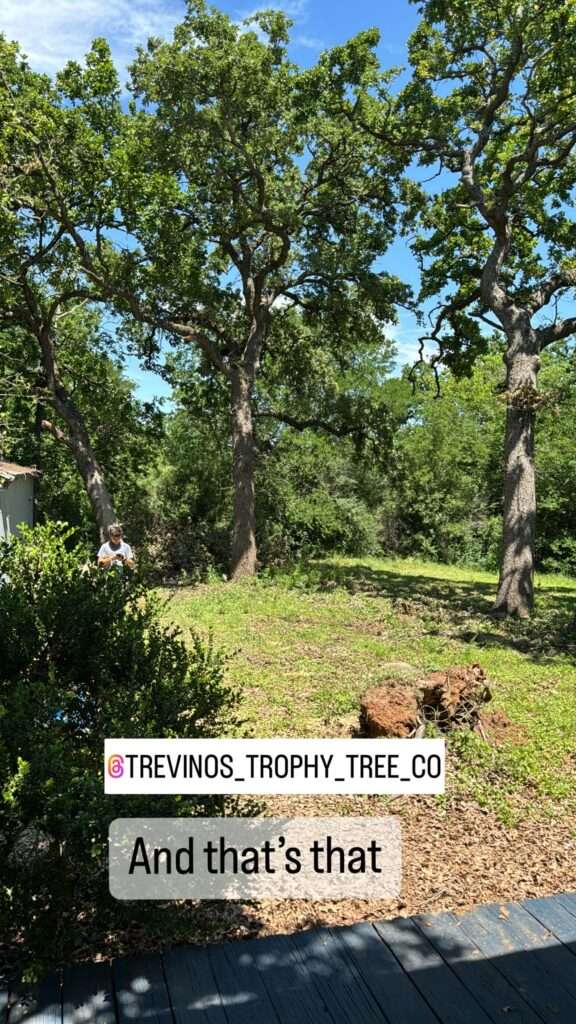
FAQs
1. What’s the best tree to plant for drought tolerance in Texas?
Live Oak and Cedar Elm are super drought-tolerant. Redbud’s great, too, especially for smaller spaces.
2. How deep do Live Oak roots go?
They can extend 3-4 times beyond the canopy width. Deep and wide.
3. Are native trees really better than ornamental imports?
Absolutely. They’re adapted to local conditions, require less water, and attract local wildlife.
4. How often should I water new native trees?
First year? Deep watering weekly. After that, they mostly fend for themselves.
5. Do I need to prune Cedar Elm trees?
Yes. Annual light pruning keeps them healthy and prevents wind damage.
6. How long do Texas Redbuds live?
Usually around 20-30 years — but that’s 20-30 years of low-maintenance beauty.
7. How do I know if my soil is good for these trees?
Most Texas soils work. But if you’re unsure, we can help you test and pick the best location.
8. When’s the best time to plant?
Fall and early spring.
9. Can I plant these trees near foundations?
Keep Live Oak and Cedar Elm about 20-25 feet away. Redbud? 10-15 feet is safe.
10. Will these trees survive extreme Texas storms?
Yes, but young trees need staking and proper care early on.
If you’re thinking about adding native Texas trees to your property, don’t guess — call Trophy Tree Co.
We’ll help you plant smart and keep your trees thriving.

